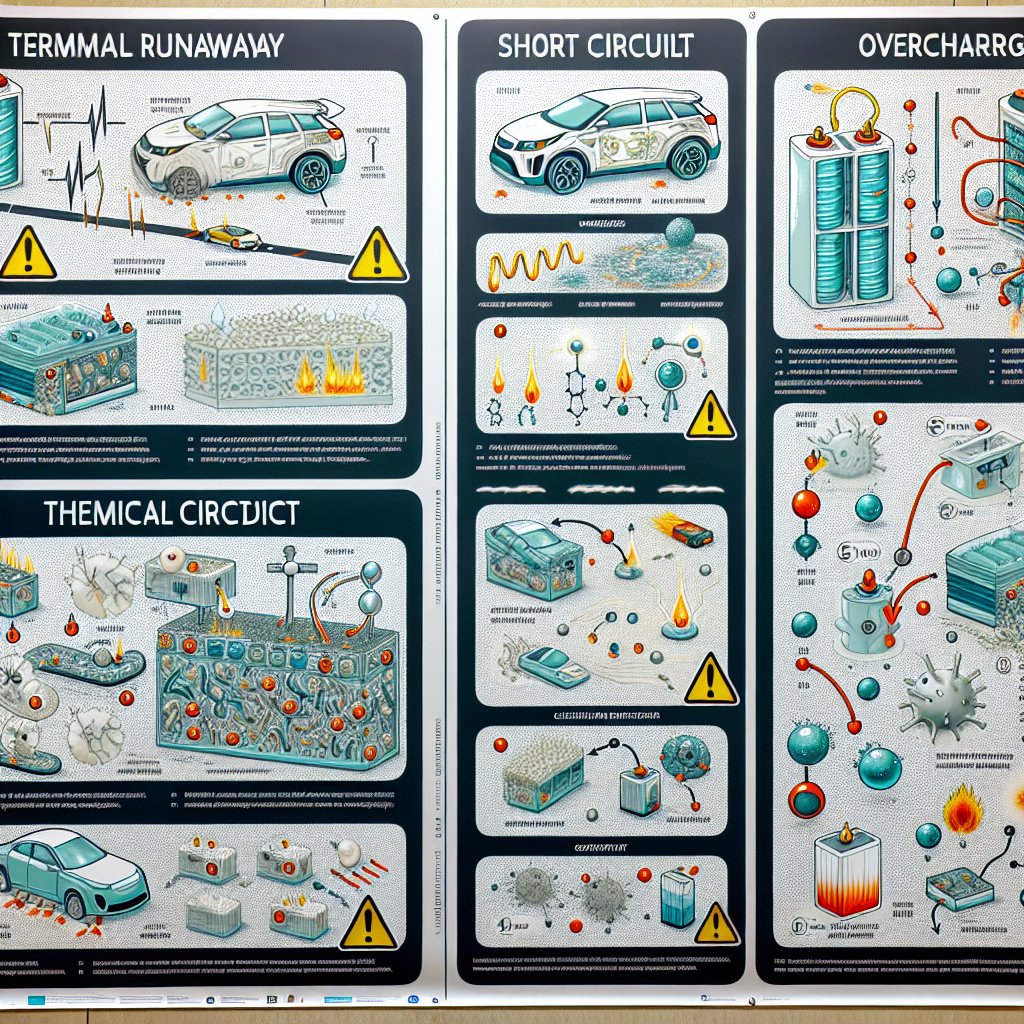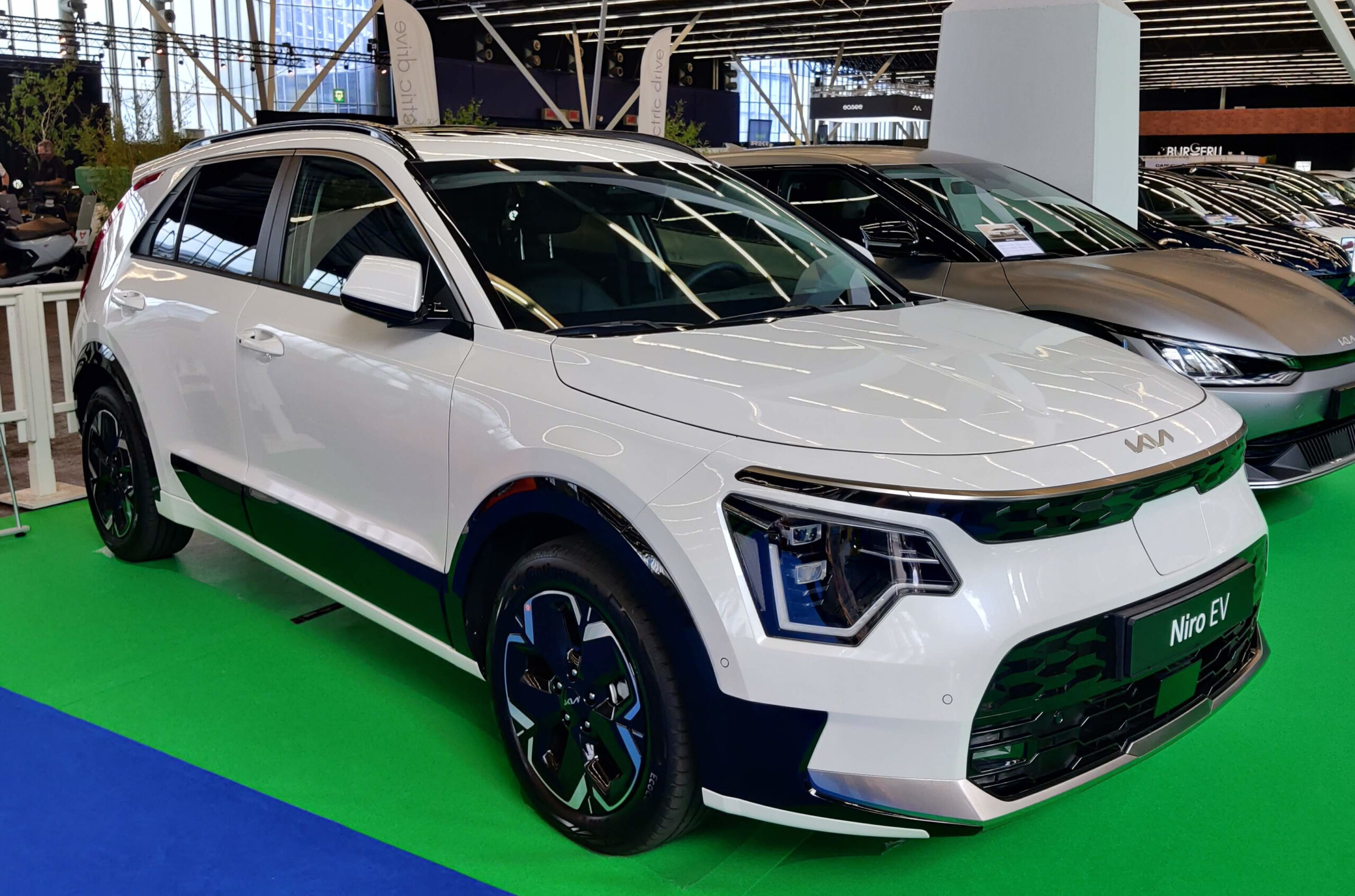Table of Contents

Key Takeaways
In case of a Kia Niro electric battery incident, prioritize safety by keeping a safe distance and contacting emergency services.
Assess the situation from a safe distance to determine the type of battery accident and whether it’s safe to approach the vehicle.
Secure the scene to ensure public safety and prevent further accidents.
Document the incident carefully for insurance purposes and potential legal action.
Contact EV Accident Pro for expert advice on how to navigate post-accident steps and to understand your legal rights.
Immediate Actions for Kia Niro Battery Incidents
When you’re faced with a Kia Niro electric battery incident, especially when you weren’t driving, the steps you take can significantly impact safety and the outcome of any subsequent insurance or legal processes. Here’s what you need to do.
Safety First: Quick Measures to Protect Yourself
If you come across a Kia Niro with a suspected battery issue, your first priority is safety. Batteries can be unpredictable, and the risks of electric shock or chemical leaks are real. So, remember:
Keep a safe distance from the vehicle—electric battery issues can escalate quickly.
Avoid any direct contact with the vehicle, as there may be unseen damage that could pose a risk.
If you’re in a traffic situation, set up warning signs or hazard lights to alert other drivers.
Alerting Emergency Services: Why It’s Critical
Even if the incident seems minor, it’s essential to contact emergency services immediately. They are trained to handle such situations and can ensure the area is safe for everyone. Plus, having a formal report from authorities can be crucial when dealing with insurance claims later on.
Assessing the Situation
When to Approach: Understanding the Dangers
Approaching a vehicle with a battery issue can be dangerous. Before you do anything, assess the situation:
Is there smoke or fire? If so, stay back and wait for emergency services.
Are there any sounds of hissing or popping from the vehicle? This could indicate a battery venting process.
Can you see any liquid pooling under the car? Battery electrolytes can be harmful, so keep your distance.
Remember, it’s better to be overly cautious than to put yourself in harm’s way.

Identifying the Type of Battery Accident
There are different types of battery incidents, and identifying which one you’re dealing with can help in taking the correct measures. These could include:
Thermal runaway: This is when the battery overheats and could lead to a fire.
Electrolyte leakage: If the battery is compromised, it could leak hazardous chemicals.
Physical damage: In case of a collision, the battery could be physically damaged, posing a risk of electric shock or chemical burns.
Understanding the type of incident will guide you in how to respond and what information to relay to emergency responders.
Post-Incident Protocol
Securing the Scene: Ensuring Public Safety
Once you’ve assessed the situation and determined it’s safe to do so, take measures to secure the scene:
Set up a perimeter to keep bystanders at a safe distance.
If there’s a risk of fire, make sure no one attempts to extinguish it with water, as this could make the situation worse.
Direct traffic away from the incident if possible, to prevent any secondary accidents.
These steps are crucial in preventing further risks to public safety.
Documenting the Accident: What Information to Gather
After ensuring safety and alerting the appropriate services, your next step is to document the accident thoroughly. This is crucial for insurance claims and potential legal issues that may arise. Collect as much information as possible, including:
Photographs of the scene, including the vehicle’s position and any visible damage.
Witness statements and contact information.
Time and date stamps for all collected evidence.
A detailed personal account of the incident while it’s fresh in your mind.
These details will be invaluable as you navigate the aftermath of the accident.
Understanding Your Kia Niro’s Battery System

The Kia Niro’s electric battery system is a complex and sophisticated piece of technology that requires a certain level of understanding to manage effectively, especially in the case of an accident.
The Technology Behind Kia Niro’s Electric Battery
The Kia Niro EV is powered by a high-density lithium-ion polymer battery system. This system is designed for efficiency and longevity, but like all batteries, it is not immune to damage or malfunction. Understanding the technology and how it operates can help you identify potential issues before they become serious.
Common Battery Risks and How to Mitigate Them
While electric vehicle batteries are generally safe, certain risks can arise, particularly after an accident. These risks include thermal runaway, electrolyte leakage, and physical damage. To mitigate these risks:
Follow a regular maintenance schedule as recommended by Kia.
Be aware of any recalls or safety notices issued for your vehicle.
Use only Kia-approved charging equipment and replacement parts.
Proactive care can reduce the chances of battery-related accidents.
Contact An Expert
After a battery incident, it’s crucial to seek advice from those who specialize in electric vehicle technology and legal matters. They can guide you through the next steps and ensure that your rights are protected.
Why Speaking to a Specialist Can Help
Specialists in electric vehicle accidents have the knowledge and experience to deal with the unique challenges these incidents present. They can provide insight into the technical aspects of the accident and offer advice on dealing with insurance companies and legal matters.
How EV Accident Pro Can Assist You
At EV Accident Pro, we understand the complexities of electric vehicle accidents. Our team can assist you with:
Navigating the insurance claims process.
Understanding your legal rights and options.
Connecting you with qualified repair services.
Ensuring you receive fair compensation for damages and losses.
If you’re dealing with a Kia Niro battery incident, Contact Us for expert assistance.

Aftermath and Insurance
Is it safe to drive my Kia Niro after a battery incident if it still operates?
It’s not recommended to drive your Kia Niro after a battery incident, even if it seems operable. There could be underlying damage that poses a risk to your safety. Have your vehicle inspected by a professional immediately.
How do I know if my Kia Niro’s battery is damaged?
Signs of battery damage can include unusual noises, loss of power, or warning lights on the dashboard. In any case, it’s best to consult with a specialist to diagnose the issue accurately.
What are the long-term risks to my vehicle after a battery incident?
Long-term risks can include reduced battery life, compromised vehicle performance, and even increased risk of future battery incidents. It’s essential to have your vehicle thoroughly checked and repaired if necessary.
Who should I contact first after a battery accident—Kia or my insurance?
First, ensure everyone’s safety and contact emergency services if needed. Afterward, contact your insurance company to report the incident. They will guide you on the next steps, which may include contacting Kia for repairs.
Can Kia Niro’s battery accidents be prevented with regular maintenance?
While regular maintenance can significantly reduce the risk of battery accidents, it cannot prevent all potential incidents. Always stay updated with your vehicle’s maintenance schedule and heed any recall notices from Kia.
Remember, in the event of a Kia Niro electric battery accident, especially if you weren’t driving, every action you take should be geared towards ensuring safety, securing the scene, and protecting your legal rights. Gathering detailed information and contacting the right experts, like those at EV Accident Pro, can make all the difference in navigating the aftermath successfully.
If you’ve experienced a Kia Niro battery incident or have concerns about electric vehicle safety, don’t hesitate to reach out. Our team is here to provide the guidance and support you need. Contact us today, and let’s ensure you’re equipped with the knowledge and resources to handle any situation confidently.




